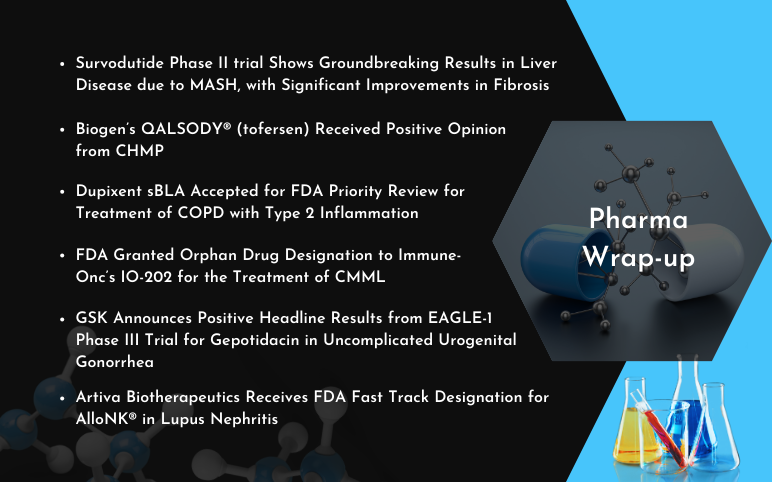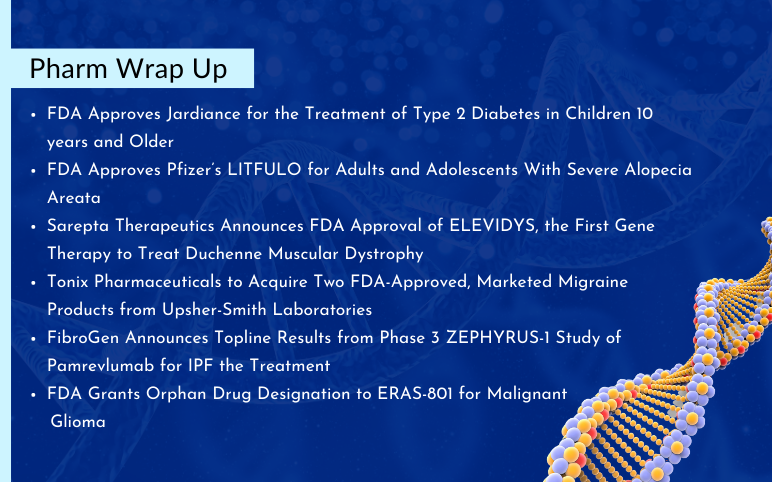Boehringer Ingelheim and Inflammasome Therapeutics Inc. have announced that they have entered into a definitive a co-development and license agreement to develop therapies for the patients with retinal diseases.
The deal is about jointly developing three novel therapies for retinal diseases with the help of Inflammasome’s unique intravitreal (IVT) drug delivery technologies along with Boehringer Ingelheim’s compounds.
Boehringer Ingelheim is advancing its pipeline in
retinal disease explicitly focusing on patients with wet Age-related Macular
Degeneration (wAMD), Geographic Atrophy, Diabetic Retinopathy, Diabetic Macular
Ischemia, Stargardt disease and other related retinal diseases.
Under the terms of the agreement, Inflammasome is
entitled to receive an upfront amount of USD 160 million, R&D support and
payments and tiered royalties based on future commercial sales of developed
products and upon achieving milestones.
Diabetic retinopathy is a condition associated with diabetes resulting in progressive damage to the retina. Diabetic retinopathy leads to diabetic macular edema (DME) and advanced disease, both of which may lead to vision loss.
Diabetic retinopathy affects nearly 7.7 million Americans. The number is expected to increase to 11.3 million by 2030.
Diabetic Retinopathy treatment depends on the type
and severity of the disease. The treatment is mainly focused on slowing or
stopping the progression of the condition. Ophthalmological treatment with
laser photocoagulation is primarily directed to treat two key complications:
retinal neovascularization and severe or clinically significant macular edema.
Key players such as Boehringer Ingelheim, Aerpio Pharmaceuticals, Oxurion (ThromboGenics), and others are developing
therapies for the treatment of patients with Diabetic Retinopathy. BI 1467335 (Boehringer Ingelheim), AKB-9778 (Aerpio
Pharmaceuticals) THR-317 & THR-687 (Oxurion (ThromboGenics)), and long with other compelling treatment options
in the clinical trials are expected to increase the overall market size of
Diabetic Retinopathy.
Macular edema (ME) is characterized by a retinal thickening in the macular area due to the breakdown of the blood-retinal barrier (BRB). Diabetic retinopathy is a common cause of macular edema diabetic patients.
As per the American Academy of Ophthalmology 2018,
approximately 21 million people are suffering from Diabetic Macular Edema
worldwide.
Macular edema Treatment options include non-steroidal anti-inflammatory drugs, corticosteroids, anti-vascular endothelial growth factor (Anti-VEGF), immunomodulatory drugs, and vitamin E.
Steroids form the first line of treatment for
macular edema because they reduce vascular permeability and inhibit
angiogenesis.
Companies such as Genentech, Novartis
Pharmaceuticals, Aerie, Opthea Limited, KalVista Pharmaceuticals and Ampio
Pharmaceuticals are actively working towards the development of potential
therapies to fulfil the unmet medical needs of the currently used therapeutics.
The launch of emerging therapies Ranibizumab (Genentech), Brolucizumab (Novartis Pharmaceuticals), Optina (Ampio Pharmaceuticals), AR-1105 (Aerie), KVD001 (KalVista Pharmaceuticals), OPT-302 (Opthea Limited) and many others are significantly impacting the Macular Edema market during the forecast period.
Dry Age-Related Macular Degeneration (dry-AMD) is a macular degeneration resulting in deterioration of the retina due to the formation of small yellow deposits, known as drusen, under the macula.
The symptoms of dry AMD include trouble seeing in
dim light; straight lines start to appear wavy, blurry or missing, fading
and/or changes in the appearance of colours.
Around 11 million Americans are suffering from some form of AMD, while 1.1 million, or 10 per cent, of those Americans, have wet AMD. Approximately 90 per cent of all the vision loss related to AMD is a result of wet AMD.
The treatment landscape of Dry Age-Related Macular
Degeneration only consists of dietary vitamin and other supplements. Currently,
there is no standard therapy approved for the treatment of the Dry-AMD. The
treatment is mainly focused on providing nutritional supplements to manage the
disease.
As per AREDS estimates, nutritional supplements with
a specific high-dose formulation of antioxidants (vitamins C and E and
betacarotene), zinc, and copper help in delaying the accretion of the AMD.
Key players, such as Ophthotech Corporation, Allegro Ophthalmics, Lin Bioscience, Catalyst Bioscience, etc., are involved in developing therapies for the treatment of Dry Age-Related Macular Degeneration.
Zimura (Ophthotech Corporation), Risuteganib (ALG 1001) (Allegro Ophthalmics), LBS-008 (Lin Bioscience), and along with other compelling treatment options in the clinical trials is expected to increase the overall market size of Dry Age-Related Macular Degeneration.
The global Dry Age-Related Macular Degeneration
market has increased over the past few years. The Dry Age-Related Macular
Degeneration market size is expected to increase by the primary drivers such as
rising prevalent population, technological advancements and upcoming therapies,
strategies such as mergers and acquisitions, etc. However, many factors also
hamper the market growth of off-label treatments, high therapy cost, etc.



